Many Jewish children approaching age 13 may feel anxious about the ceremony. They may be struggling to learn Hebrew letters and to chant their Torah portion, all under the looming pressure of stepping in front of a congregation and participating in a public service. For some Jewish children, these stresses are only compounded when they have to explain why neither Bar Mitzvah nor Bat Mitzvah describes who they are.
Hebrew is a gendered language. Every person, place, or thing is either masculine or feminine. People who don’t feel that one gender describes them have exactly one other option to choose from. This, in turn, can be reflected in our society and culture. For example, some synagogues give a gift that is based on gender: candlesticks for girls and Kiddush cups for boys. The binary choice leaves some to search for alternatives.
The Jewish coming of age ceremony, a Bar Mitzvah, refers to boys. It literally means ‘son of the commandment’. Traditionally, a Jewish boy is first called up to read from the Torah at age 13. On the cusp of adulthood, he now becomes morally accountable within the Jewish community and the world at large.
One hundred years ago, Judith Kaplan was the first girl to publicly celebrate this rite of passage. Judith became a Bat Mitzvah, a ‘daughter of the commandment’. Her celebration of becoming a Jewish woman under Jewish law was groundbreaking, and since the 1970s, the Bat Mitzvah ceremony has become not only popular, but an accepted ritual in Judaism. However, it continues to be gendered.
Just as the Bat Mitzvah ceremony grew in the 1970s, we are now seeing a growing interest in a gender inclusive ceremony that connects to the diversity and development of Judaism over the past several thousand years. For some, gendered language works fine and the terms Bar Mitzvah and Bat Mitzvah continue to be appropriate. But not all children and families find acceptance. Traditional language can exclude those kids who are non-binary, agender, gender fluid, gender-queer, or any gender identity that is not girl or boy. And some cis-gender boys and girls also feel boxed in. They would also prefer a gender neutral celebration.
With this in mind, we have developed a line of gender neutral affirming and
inclusive gifts & cards for a modern ceremony that is gender-inclusive. There are multiple names that are being used today for the ritual. They include:
- ‘Bnai Mitzvah’: Bnai is plural, like the singular ‘they’ we use in English as a pronoun instead of ‘he’ or ‘she’. However, it is a masculine form. In Hebrew, it is the default usage in mixed groups. For example, a group of 100 girls (banot) plus one single boy (ben) will still use the masculine, plural (bnai).
- ‘B-Mitzvah’: The B- avoids gender entirely, but also removes the Hebrew word that some feel connects the ceremony to its traditional roots.
- ‘Zera Mitzvah’: Seed of the commandment
- ‘Simchat Mitzvah’: Joy of the commandment
- ‘Ban Mitzvah’: Ban, in this context, is a portmanteau of the Hebrew ‘ben’ (boy) and ‘bat’ (girl).
- ‘They Mitzvah’: This term borrows the generally accepted singular ‘they’ from English as a loan word. Since it is not a Hebrew word, it requires some current cultural context to understand.
We have chosen the name ‘Brit Mitzvah’ (covenant of the commandment) for our gender-inclusive gifts. We have done so because we want the term to be in Hebrew, to be non-gendered, and also to maintain the traditional structure of the words. In this way, the modern Brit Mitzvah remains connected to the tradition, and continues the growth and evolution of Jewish ritual.
A Brit Mitzvah ceremony can be a gender neutral Bar or Bat Mitzvah, or an affirming and joyful celebration for a genderqueer or non-binary young person. The Brit Mitzvah gifts designed by Mickie Caspi are personalized and non-gendered, and offer you another option for a unique and personal keepsake. You can let the questioning children in your life know that you fully accept and support them as they begin the next chapter of their Jewish life.
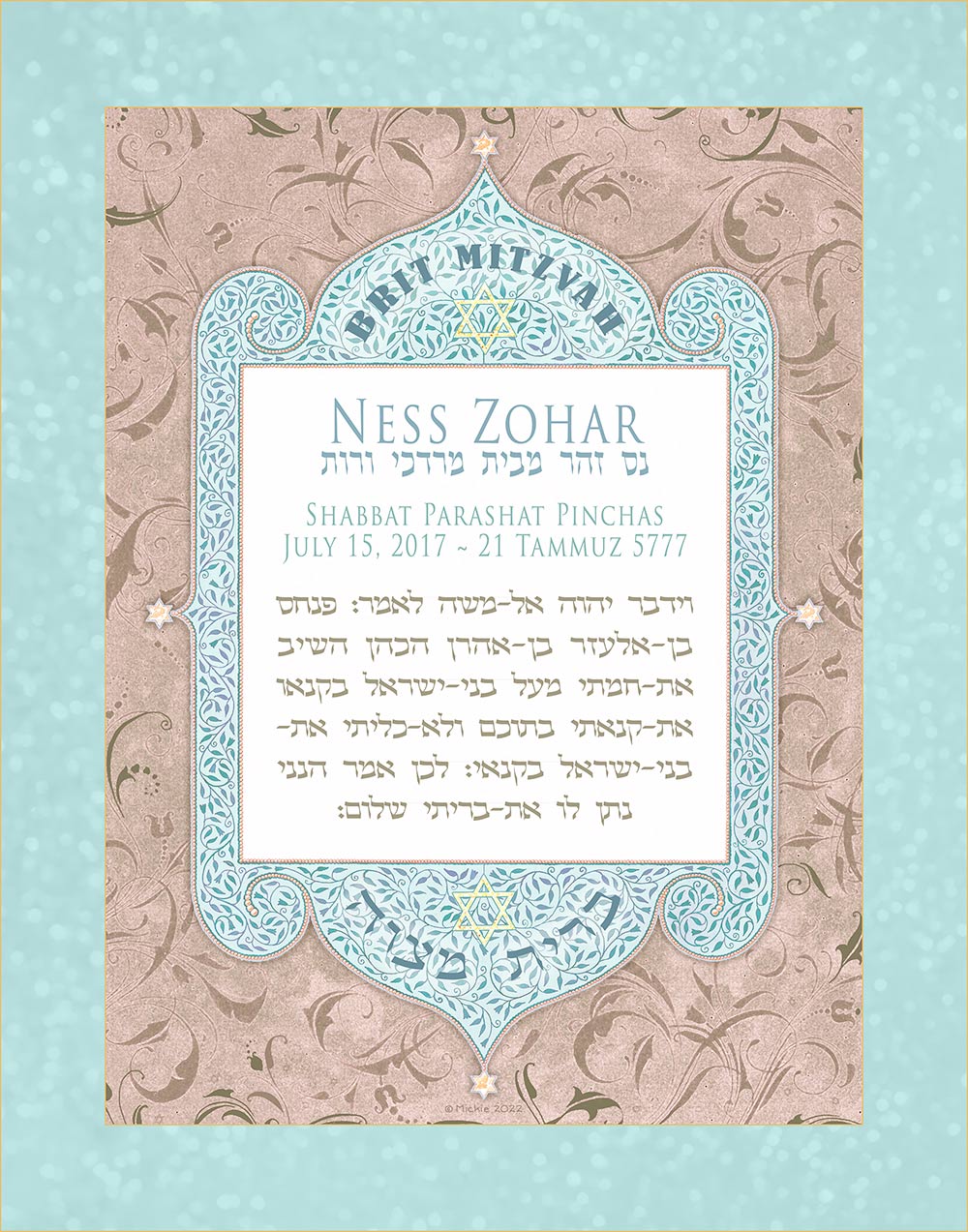
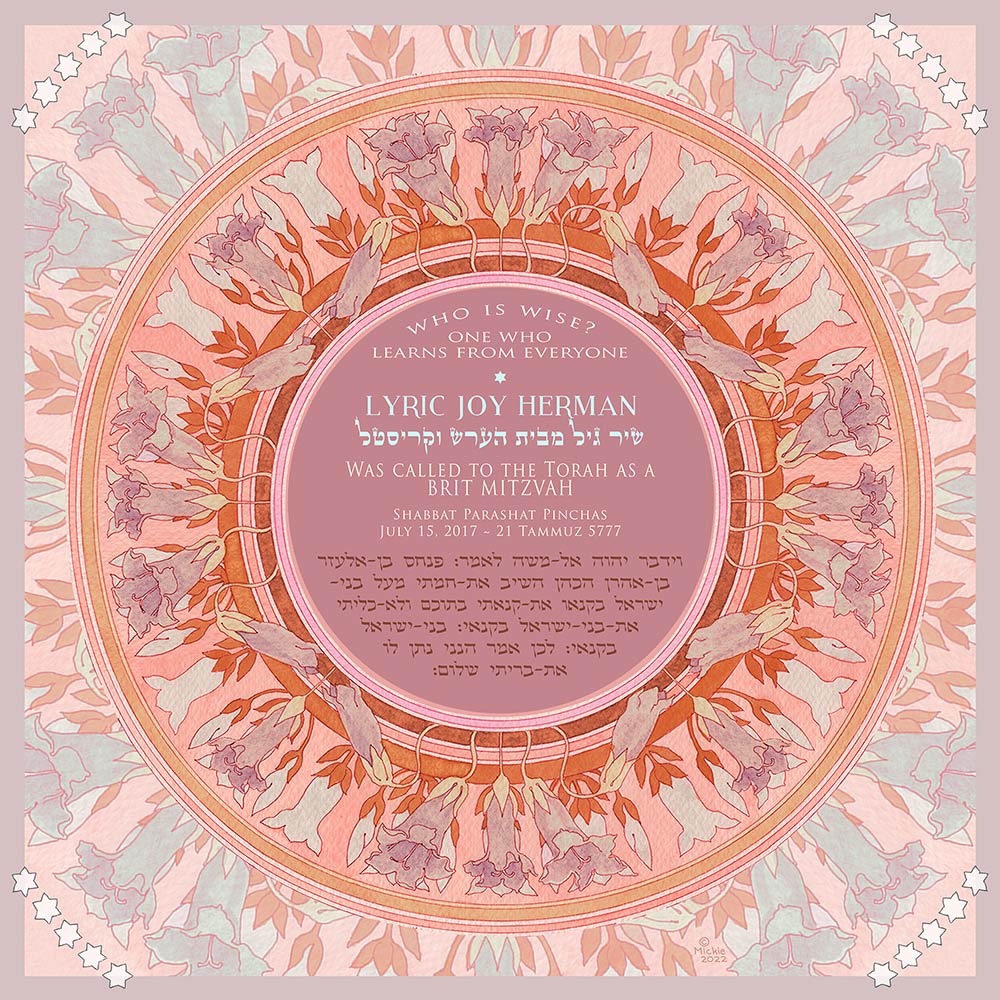
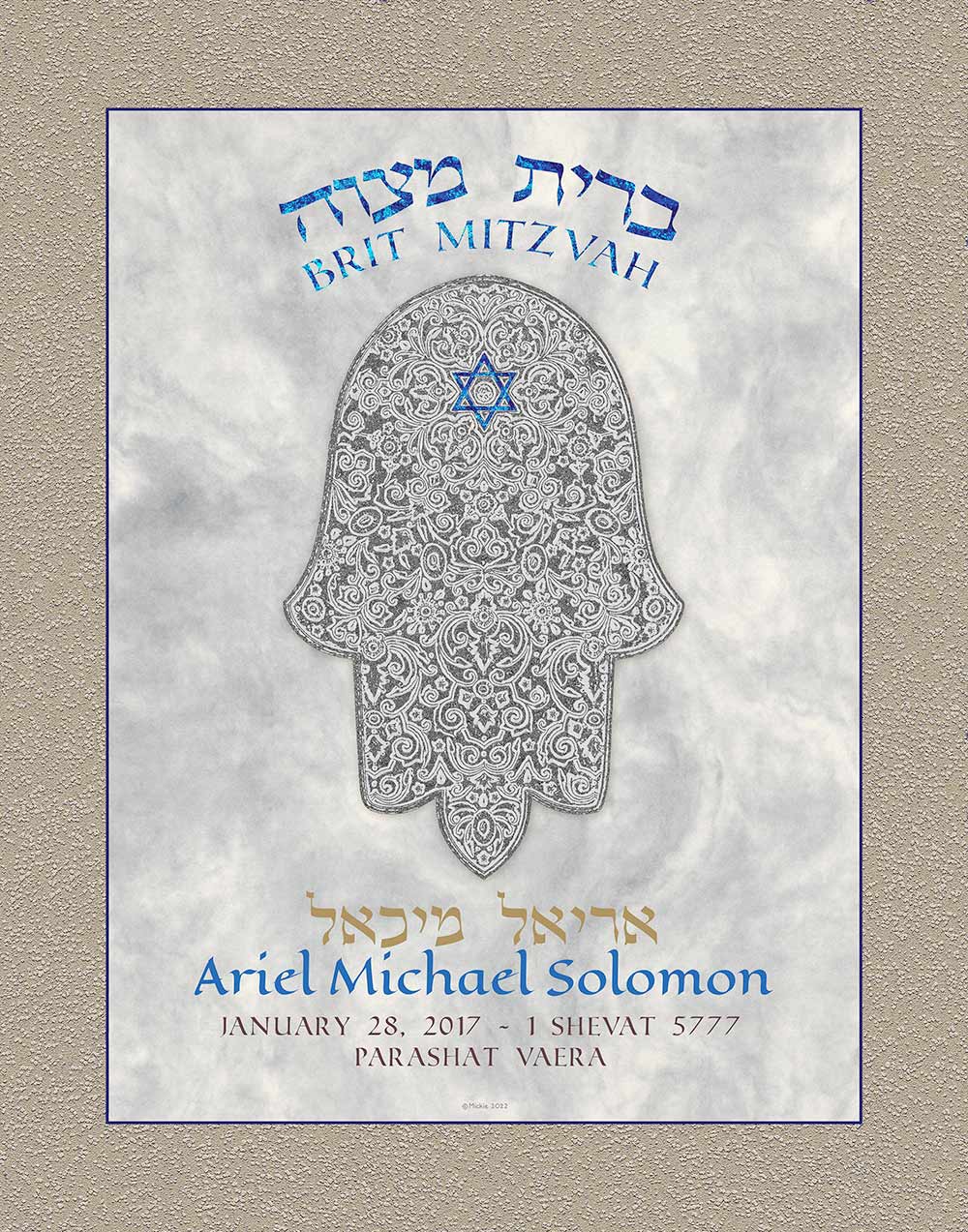
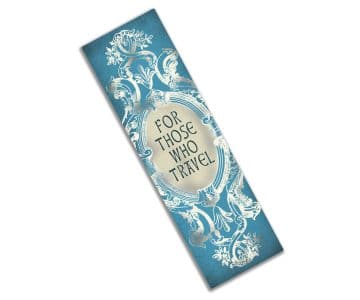
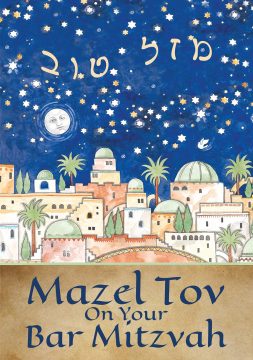
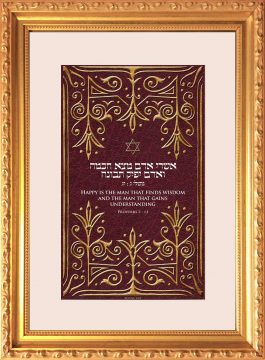
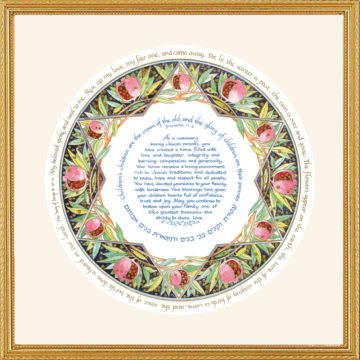
Great post
Thanks!
Thanks!